PS5 teardown: Five key takeaways about the PS5 internal hardware
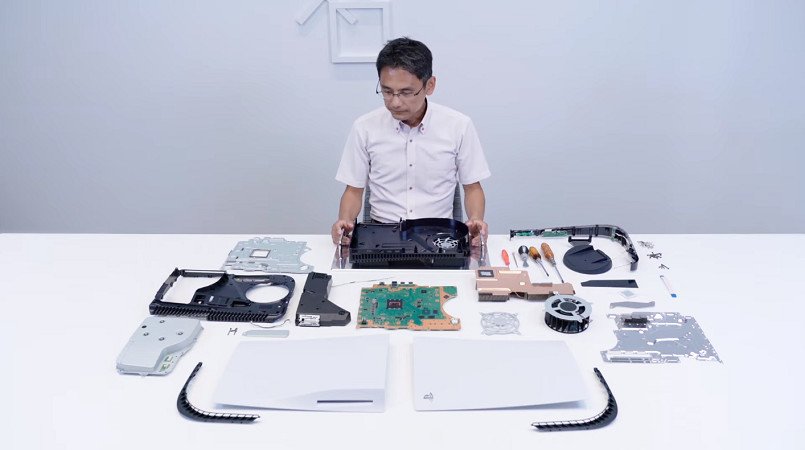
With just over a month to go until the launch of the PlayStation 5, Sony has shared a detailed look at the internal hardware of the PlayStation 5 in a teardown video. The video gives us a better understanding of the PS5 hardware and answers questions around SSD upgradeability, cooling potential, thermal performance, and whether those side panels are removable (they are).
The teardown was performed by Sony's VP of Mechanical Design Yasuhiro Ootori, and starts off with the dimensions of the upcoming console. With a width of 104mm, 390mm height, and 260mm depth, the PS5 is significantly taller and wider than the PS4, but you can mount it horizontally. Here are a few interesting takeaways from the PS5 teardown.
The PS5 has all the connectivity options you'll need
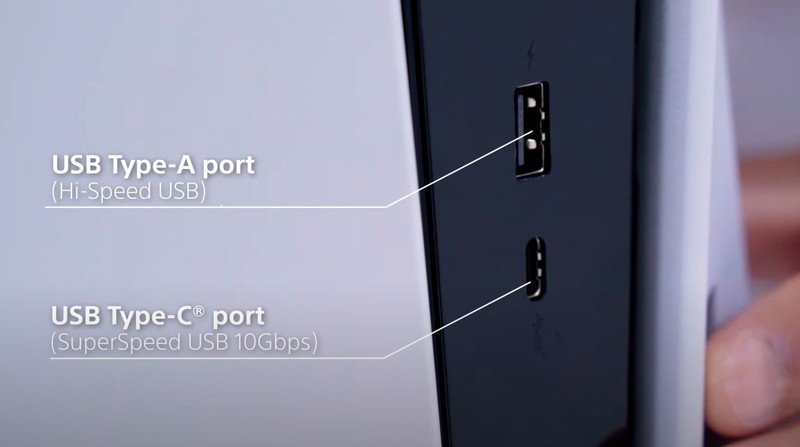
The PS5 features a wide assortment of ports. At the front, there's a 10Gbps USB-C port and a 480Mbps USB-A port based on USB 2.0. You'll find two additional USB-A ports at the back, and these are based on USB 3.1 and deliver 10Gbps bandwidth.
There's also a Gigabit Ethernet port at the back, along with a single HDMI port that lets you connect the PS5 to your TV. Wireless connectivity includes Wi-Fi 6 and Bluetooth 5.1, and Sony has mentioned that the Blu-ray drive is a self-contained unit that has two layers of insulation to reduce noise.
You can easily remove the PS5's side panels
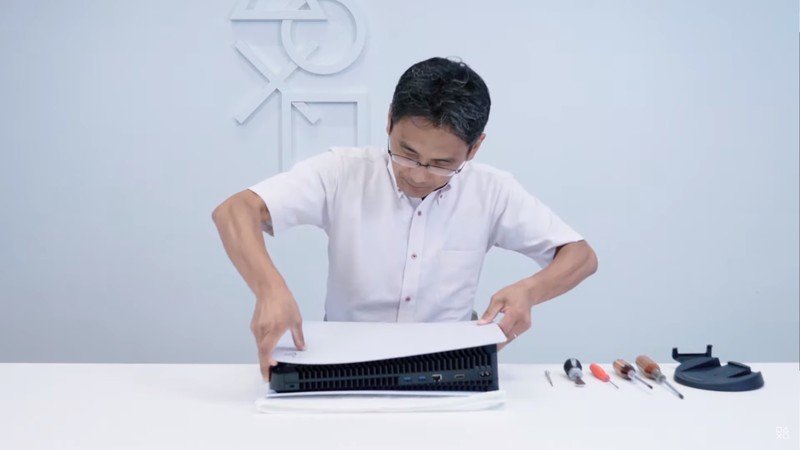
The PS5 has an interesting design with two side panels mounted on either side of the console, and in the teardown, we can see that these panels are designed to be removed easily.
You can just "lift the back corner and slide it off" to remove the panels, and it is likely we'll see aftermarket vendors offering side panels that let you customize the look of the PS5. The inner housing also includes two "dust catcher" holes that make it easy to clean the PS5. The modular design definitely makes the PS5 a more enticing option if you're one to customize your console.
It's easy to upgrade PS5 storage by adding an NVMe SSD
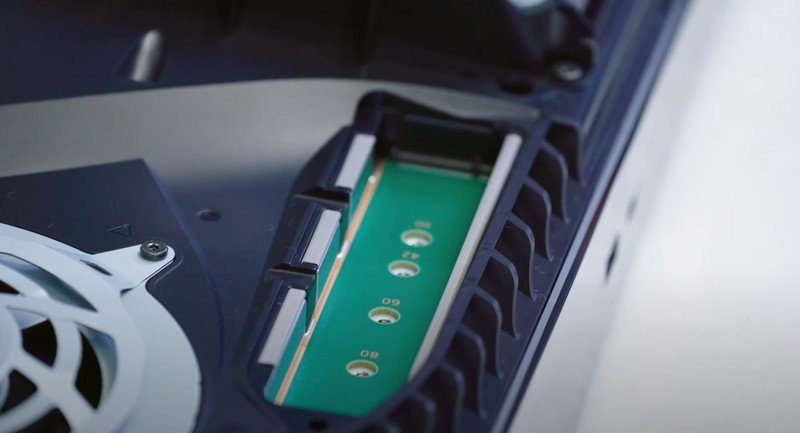
One of the key differentiators with the PS5 is the fact that you can upgrade the internal storage by adding an NVMe SSD. That's a stark contrast to Microsoft's Xbox Storage Expansion Card, which uses proprietary tech and costs $220 for 1TB.
Be an expert in 5 minutes
Get the latest news from Android Central, your trusted companion in the world of Android
With the PS5, however, you can add any PCIe 4.0 NVMe SSD and extend the storage of the console. We can see that the M.2 slots are in an accessible location (once you remove the side panels), and it should be relatively straightforward to upgrade the storage on the PS5. Sabrent's 1TB PCIe 4.0 NVMe SSD costs $200, and we should see better deals for these kinds of SSDs in the coming months.
As for the base storage itself, the PS5 has an 825GB SSD, and Sony is using a custom SSD controller that's designed to maximize transfer rates, with the brand touting up to 5.5Gbps transfers. What that basically means is that game loading screens will be a thing of the past.
This is one of the reasons why Sony is mandating PCIe 4.0 NVMe SSDs for upgrades instead of the more common PCIe 3.0 SSDs — you'll get the same level of performance even when you extend the storage with an SSD.
The PS5's cooling system is very effective
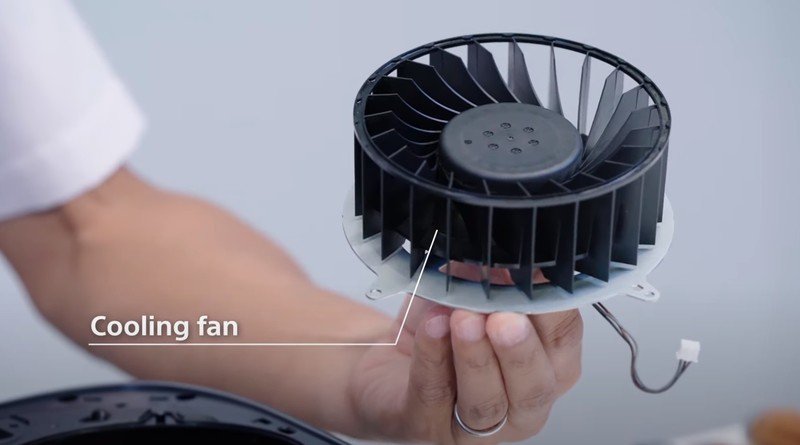
One of the main reasons for the PS5's size has to do with performance. With 10.3TFLOPs of compute power, the PS5 is five times as powerful as the PS4. As such, Sony added air intakes at the front, a large 120mm fan to channel airflow into the system, with the entire rear panel serving as the exhaust.
The PS5 is powered by an eight-core AMD Ryzen CPU that's clocked at 3.5GHz and a custom AMD Radeon RDNA 2-based GPU that goes up to 2.3GHz. There's 16GB of GDDR6 video memory, the aforementioned 825GB SSD, and the ability to extend storage easily. Finally, the PS5 features a 350-watt power supply.
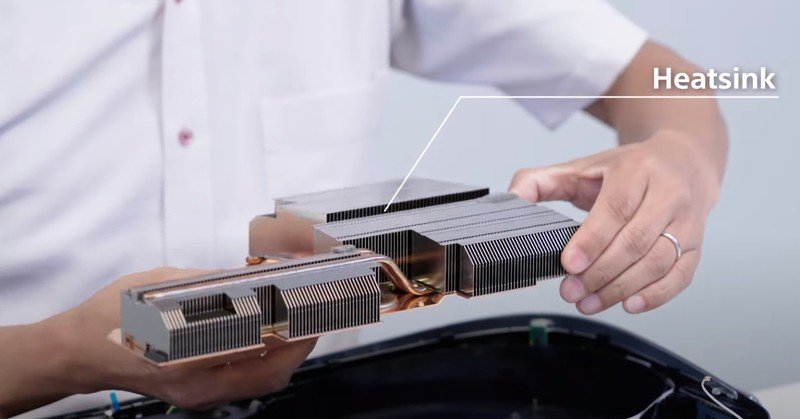
Because of the power on offer, the heatsink on the PS5 takes up almost half the size of the console. The heatsink uses a heat pipe to dissipate heat, and Sony says it delivers a similar level of cooling performance as a vapor chamber.
Liquid metal TIM delivers much better sustained peak performance
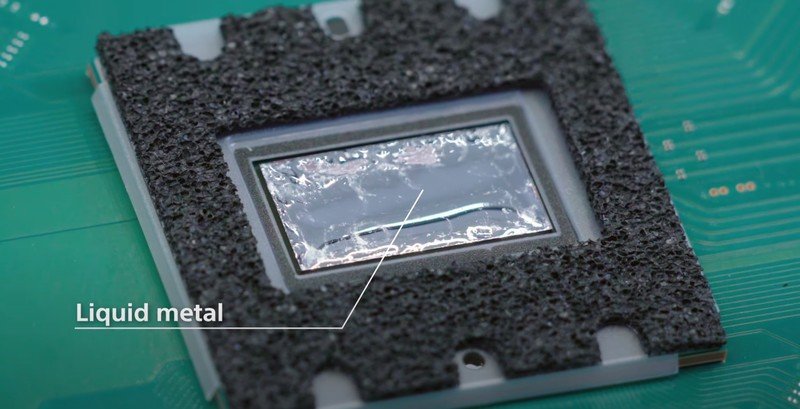
One of the most interesting points in the teardown is that Sony is using a liquid metal TIM (thermal interface material) to deliver "long-term stable high cooling" performance. The PS5 uses a powerful chipset that's designed to run at 3.5GHz, and it generates a lot of heat.
That's where the heatsink comes in, but the contact between the heatsink and the chip leads to thermal resistance, so an interface material is used to better conduct the heat between the two points of contact.
Intel generally uses a thermal paste as the thermal interface material on its CPUs, and although that's an affordable solution, it isn't the most effective at dissipating heat. A liquid metal TIM is costlier, but as it has higher conductivity, it does a better job siphoning heat.
Because Sony is using a liquid metal TIM, it is able to deliver better sustained peak performance on the PS5 as the CPU doesn't have to be throttled to prevent overheating.
The PlayStation 5 is debuting on November 12, and is currently up for pre-order. We have detailed information on where to buy the PS5, the differences between the PS5 and PS5 Digital Edition, and how it differs to the Xbox Series X.
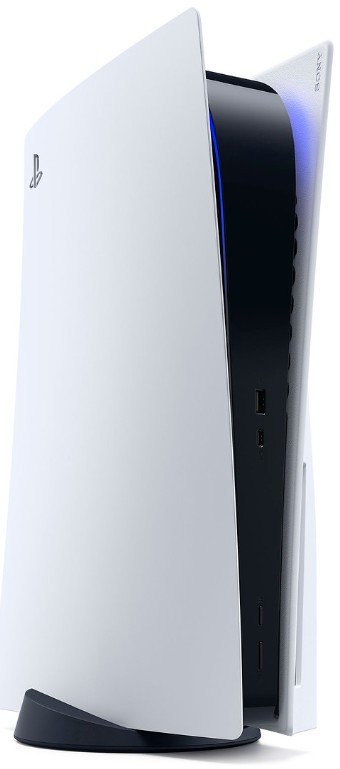
Get your hands on it before it sells out
The PS5 and PS5 Digital Edition are now available to pre-order from your favorite retailers. There are two versions to choose from, and with availability set to be limited at launch, it's time to pre-order the PS5 before it sells out.

Harish Jonnalagadda is Android Central's Senior Editor overseeing mobile coverage. In his current role, he leads the site's coverage of Chinese phone brands, networking products, and AV gear. He has been testing phones for over a decade, and has extensive experience in mobile hardware and the global semiconductor industry. Contact him on Twitter at @chunkynerd.

